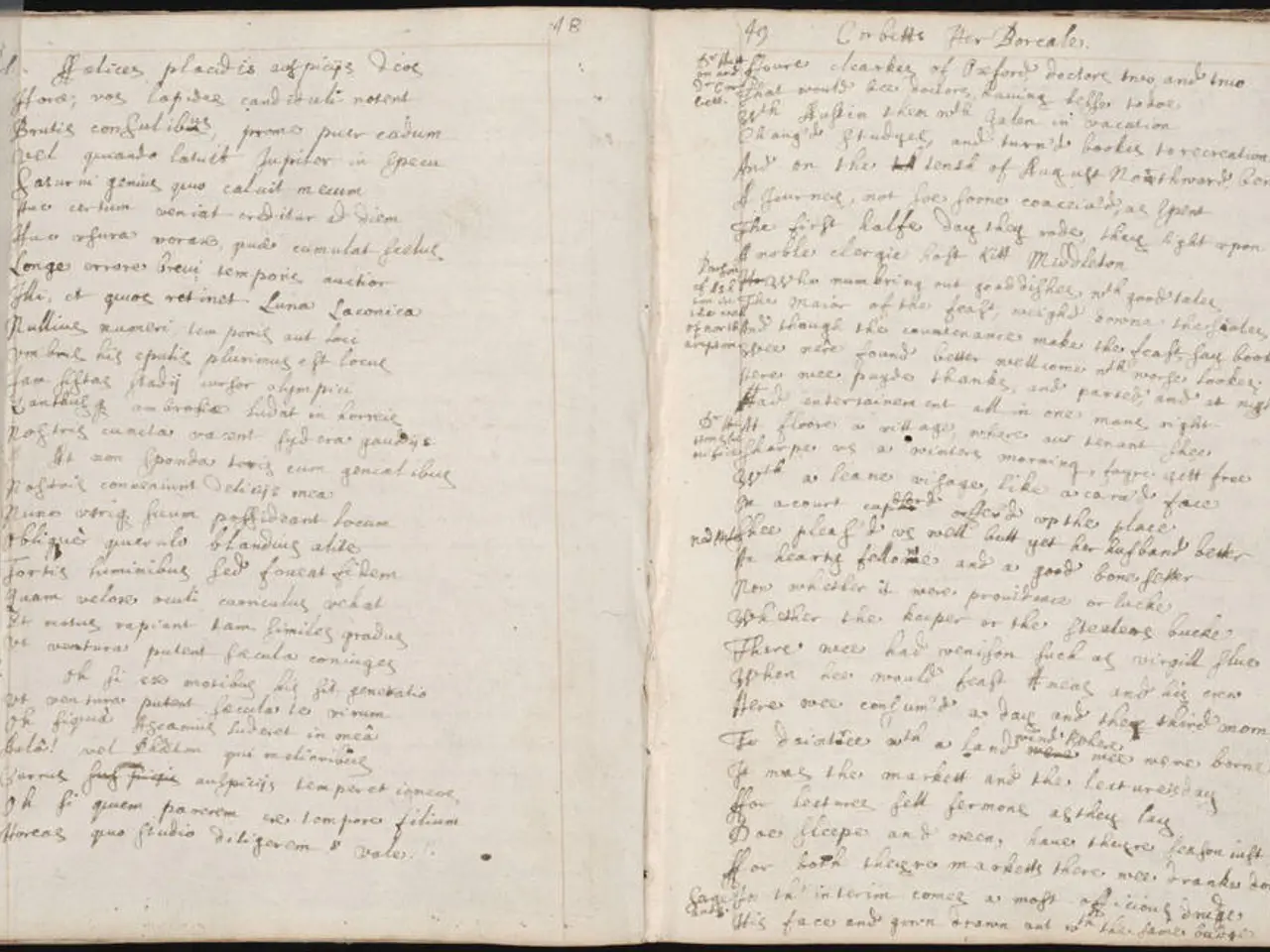Digital Publications in 2025: A Comprehensive Guide to Developing Inclusive eBooks (EPUBs) for All Users
In the rapidly evolving world of digital publishing, accessibility is no longer an optional feature but a mandatory requirement, especially in the European Union (EU). The European Accessibility Act (EAA), enacted on June 27, 2019, and set to come into force on June 28, 2025, mandates that e-books sold in the EU must be accessible to users with disabilities, adhering to standards such as the Web Content Accessibility Guidelines (WCAG).
To ensure compliance with the EAA, publishers are advised to familiarise themselves with the EPUB Accessibility 1.1 specification, which outlines a framework for making EPUB publications usable by a diverse readership. This specification integrates WCAG principles into EPUB publications, enabling the production of content accessible to a wide array of users, irrespective of their abilities or preferred reading methods.
EPUB 3, a key component of the EPUB Accessibility 1.1 specification, supports advanced accessibility features such as reflowable text, embedded fonts, and semantic HTML5 elements. These features facilitate the creation of content that is flexible across devices and easier to reuse.
To help publishers comply with the EAA and EPUB accessibility requirements, resources such as the DAISY Consortium’s tools (Ace by DAISY for EPUB checking, Ace SMART for reporting, and their Accessible Publishing Knowledge Base) are recommended. These tools aid in auditing, creating, and maintaining accessible e-books.
To effectively implement EPUB Accessibility 1.1 and cultivate a truly inclusive publishing practice, it is essential to embed accessibility into the entire content creation and production process. Publishers should prioritise required metadata, test EPUBs with assistive technologies, invest in training for teams, and stay informed about updates to WCAG and EPUB Accessibility standards.
By 2030, it is expected that born accessible publishing will become the industry standard, with distribution platforms becoming stricter about accessibility requirements to avoid liability. Essential accessibility metadata includes Access Mode, Accessibility Feature, Accessibility Hazard, Accessibility Summary, Access Mode Sufficient, and the source of the static page break locations (if applicable).
It is worth noting that approximately 20% of the world's population falls into the category of 'print disabled', representing a massive underserved market. By making e-books accessible, publishers open their content to this underserved market, enhancing SEO and discoverability, ensuring legal compliance, and mitigating legal risks.
Moreover, half of all digital readers use accessibility features of some kind, including adjusting font sizes, modifying background colours, using screen magnification, or relying on text-to-speech functionality. By prioritising accessibility, publishers cater to a broader audience, improving the overall reading experience for all users.
In conclusion, the EAA legally requires accessible e-books sold in the EU, emphasising WCAG conformance. EPUB Accessibility 1.1 incorporates WCAG to define how to make EPUB publications usable by diverse users. Practical tools and resources from accessibility organisations support compliance and education. By embracing accessibility, publishers not only comply with legal obligations but also create a more inclusive and equitable publishing landscape.
[1] European Commission. (2019). European Accessibility Act. Retrieved from https://ec.europa.eu/info/law/better-regulation/have-your-say/initiatives/12422-Accessibility-of-products-and-services-in-the-internal-market_en
[2] World Wide Web Consortium. (2020). EPUB Accessibility 1.1. Retrieved from https://www.w3.org/TR/epub-a11y11/
[3] Web Content Accessibility Guidelines (WCAG). (2021). Retrieved from https://www.w3.org/WAI/WCAG/
[4] DAISY Consortium. (2021). Accessible Publishing Tools. Retrieved from https://www.daisy.org/tools/accessible-publishing-tools/
- By adhering to the Web Content Accessibility Guidelines (WCAG) and using EPUB 3, which supports advanced accessibility features, publishers can create e-books that cater to a diverse readership in the lifestyle, education-and-self-development, science, and technology sectors.
- To foster a more inclusive publishing environment in the European Union, it's crucial for publishers to familiarize themselves with EPUB Accessibility 1.1, incorporate WCAG principles, and utilize resources like the DAISY Consortium’s tools to ensure their content is accessible to users with disabilities and complies with the European Accessibility Act (EAA).




